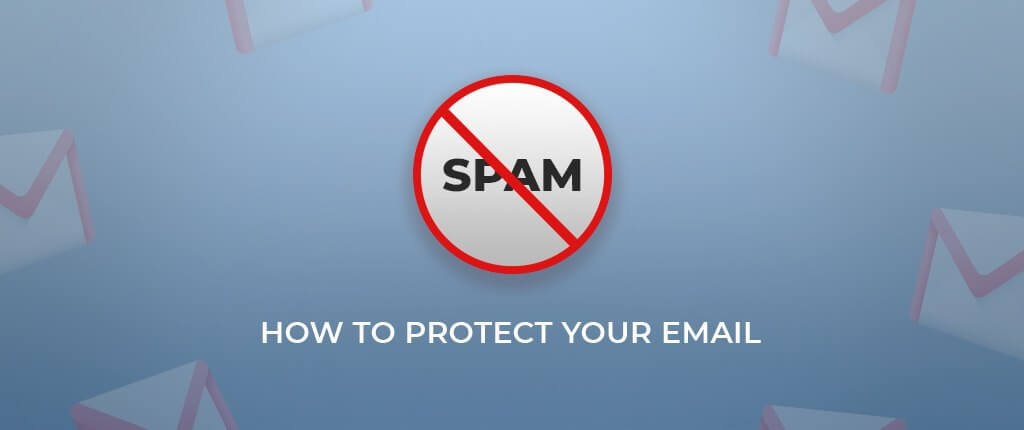How to Protect Your Email from Spam

Your mailbox is the most comfortable tool for formal communication. At the same time, it is a link between you and various entities that look for customers. If you have one email for everything, do not use special tools to keep it clean, and have no time to check and remove each email, there’s probably a lot of trash, which you don’t even touch. Of course, it negatively affects your everyday life and may even give you the feeling that you don’t have control over it. In this case, you should consider cleaning up your mailbox.
Unsubscribe from Spam

Your problem may have a much easier solution than you think. All companies that send mass emails are obliged to provide the “unsubscribe” option in each one. As a rule, they make it barely noticeable somewhere in the very bottom; thus, you may simply not notice it without searching purposely. However, following this link is not always safe. Some spammers may use it to get more information about you. The simplest thing they track is that the email address, whose owner tried to unsubscribe from spam, is actively used.
Thus, it is recommended to unsubscribe only if you have permitted mailing yourself, or if you trust the source. In risky cases, try other ways to get rid of spam emails.
Request to Exclude Your Email Address
If a company somehow hid the “unsubscribe” link and you can’t find it or it doesn’t work, just ask the company to remove your email from their mailing lists. It’s a pretty polite way which you probably won’t consider for intrusive marketers. Your request should be reviewed in a few days and you may receive a short form asking why you don’t want their mailing. If your request was ignored, read the following advice.
Mark Emails as Spam
This is probably the easiest way to stop receiving spam emails. Obviously, it is not beneficial for the sender, so don’t report spam for trusted companies that just are no longer relevant for you. As a rule, the system offers either to report spam or to unsubscribe in addition. If there is only one spam e-letter, choose the first option. In this way, you will continue receiving emails from this sender. The second option prevents you from getting more e-messages.
The system may automatically detect spam emails and throw them to the corresponding folder. When you check it and indicate that some e-messages are not spam, the system will learn and sort it out better next time.
Temp Email for Spam
Surprisingly or not, certain services offer to create a temp email address, where all incoming stuff can be removed in some time automatically. It’s a perfect solution for active Web surfers who don’t want to make a trash can out of their mailboxes. Yet, instead of creating a separate Gmail address for useless mailing, consider checking Temp Mail or 10 Minute Mail services. You can use your temp email when some websites require your email address to provide access or offer some freebies for the subscription.
Tips to Avoid Spam Mailing
The best way to deal with unwanted emails is not to get them at all. You may need to be more cautious and avoid leaving your email address for the entities you do not trust. As a result, you won’t have to deal with a bunch of spam every day.
Don’t indicate your email address in surveys or while registering in shops to receive a discount card
It’s hard to prove it, but most likely many cunning marketers get your contact information under the pretense of surveys. Very often when you fill in a questionnaire on any topic, there is also a separate field for the email address. If you have provided your real email address, don’t be surprised you would receive horrible spam from companies you’ve never even heard about.
When you receive a discount card in a shop, it also may be wise to give them a temp email for spam or not to provide your email address if possible.
Do not subscribe for mailing
Most likely a website offers you to “agree to be informed” as soon as you visit it. As a rule, “yes” buttons are bigger and brighter than the “no” button, thus you should act consciously not to click the wrong option by mistake. This way will help you prevent receiving unwanted notifications.
